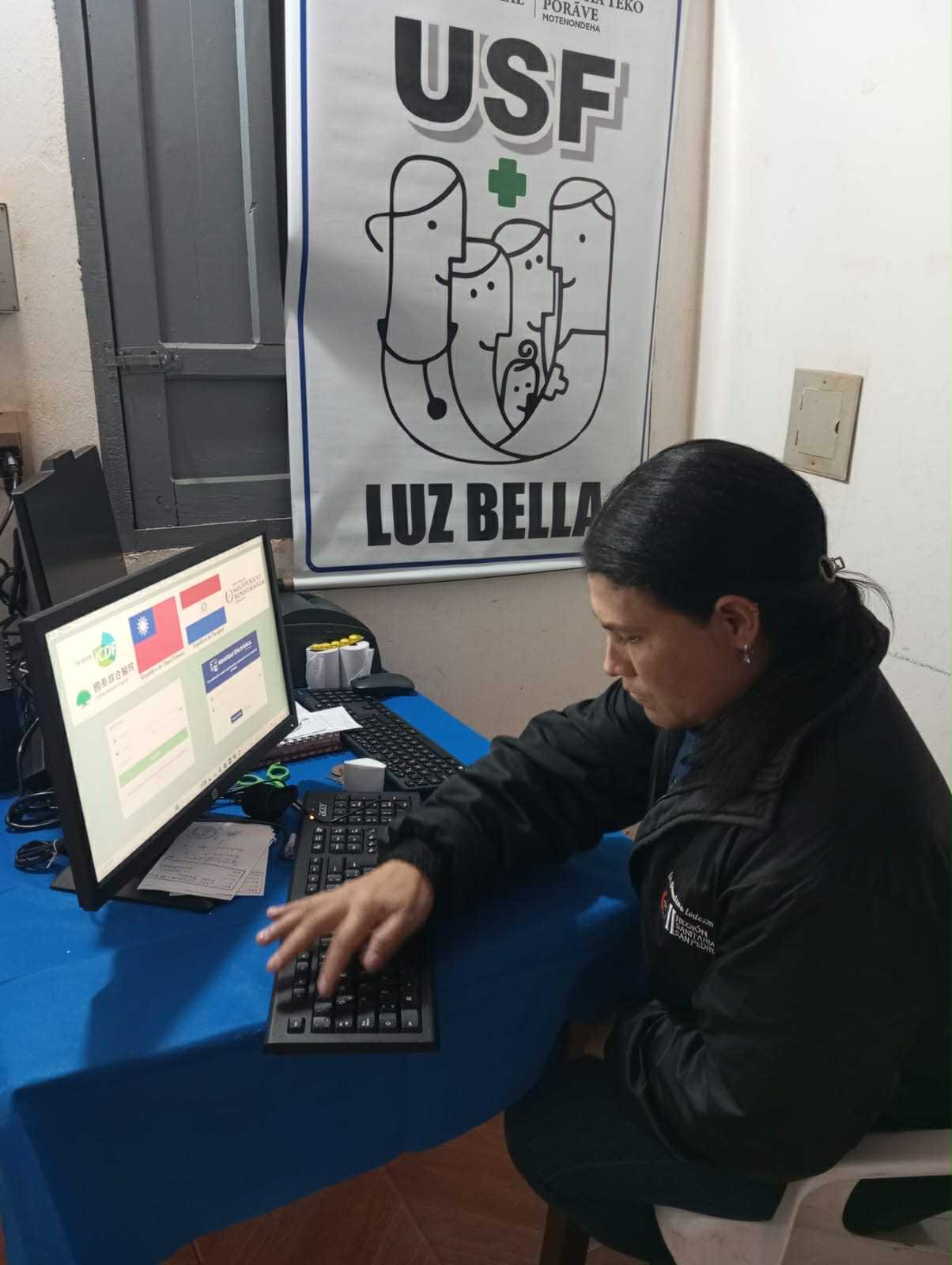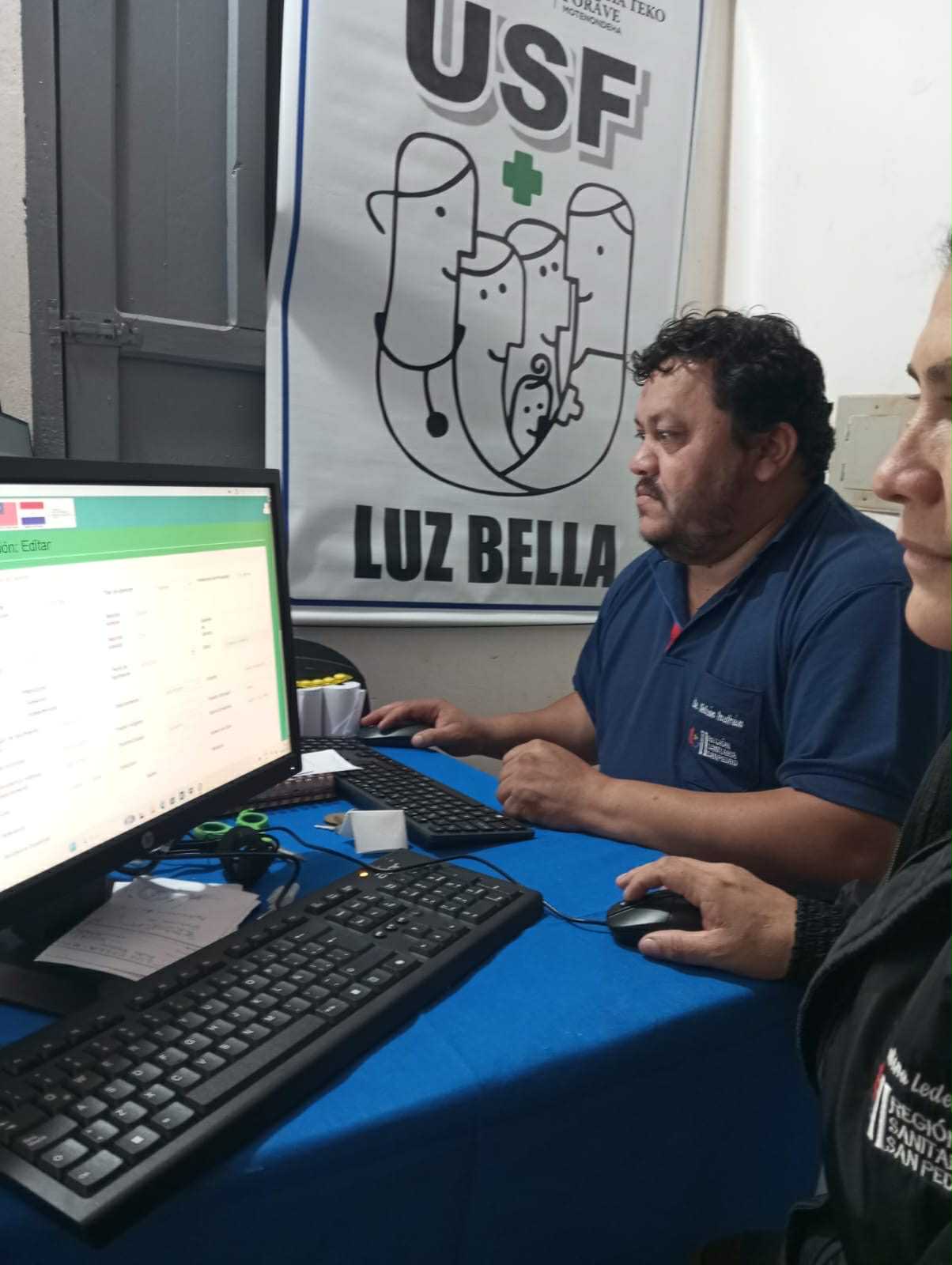
Joint TaiwanICDF-Paraguay HIS Now in 1,000 Public Hospitals
A health information system (HIS) developed jointly by the International Cooperation and Development Fund (TaiwanICDF) and partners in Paraguay is now in use in 1,000 public healthcare facilities in the country. Developed through collaboration between the TaiwanICDF, Paraguay’s Ministry of Public Health and Social Welfare, and the Ministry of Information and Communication Technologies, the enhanced HIS now manages health data for more than 70% of Paraguay’s population. Implemented under the Health Information Management Efficiency Enhancement Project in Paraguay (Phase 3), the system marks a significant step toward universal digital healthcare in Paraguay.
While Phases 1 and 2 of the project focused on the deployment of the HIS in major hospitals, Phase 3 has built on previous achievements by expanding the system into primary and community-level healthcare facilities. Through intensive collaboration between the Taiwan and Paraguay teams over the course of a year and a half, the number of facilities using the system has tripled—highlighting the successful and steady advancement of Paraguay’s digital health policy. The HIS has significantly improved the ability of healthcare institutions at all levels to manage medical records, track treatment histories, and perform data analytics, thereby enhancing evidence-based policymaking and public health decision-making.
TaiwanICDF Deputy Secretary General Peifen Hsieh, emphasized that the current phase goes beyond system setup and equipment installation to include in-depth training and technical support for local healthcare professionals. This approach has helped ensure smooth integration of the HIS into clinic workflows and improved operational efficiency. Since going live, the system has notably improved patient registration processes and the security of health data, directly enhancing the quality of healthcare services.
Moreover, the diagnostic and treatment data collected through the HIS has become a vital resource for government public health planning and resource allocation. For example, during dengue outbreaks, the system allows for real-time tracking of confirmed and suspected infections, helping authorities identify hotspots, allocate disease control resources effectively, and accelerate community-level reporting and response—boosting the overall capacity for epidemic prevention and response.
The ultimate goal of the project is to implement the HIS in all 1,592 public medical institutions nationwide. Future plans also include expanding system functionality to further strengthen public health governance and policy planning. Hsieh reiterated the TaiwanICDF’s commitment to working hand in hand with Paraguayan partners to deepen digital health cooperation, showcasing Taiwan’s capabilities and sincerity in the field of smart healthcare. This effort reflects the vision of promoting health through digital co-creation, and fulfills Taiwan’s pledge to sustainable development among diplomatic allies under Minister of Foreign Affairs Lin Chia-lung’s Diplomatic Allies Prosperity Project initiative—particularly its flagship focus on smart healthcare and the health industry.
- Update: 2025/07/01
- Hits:845


